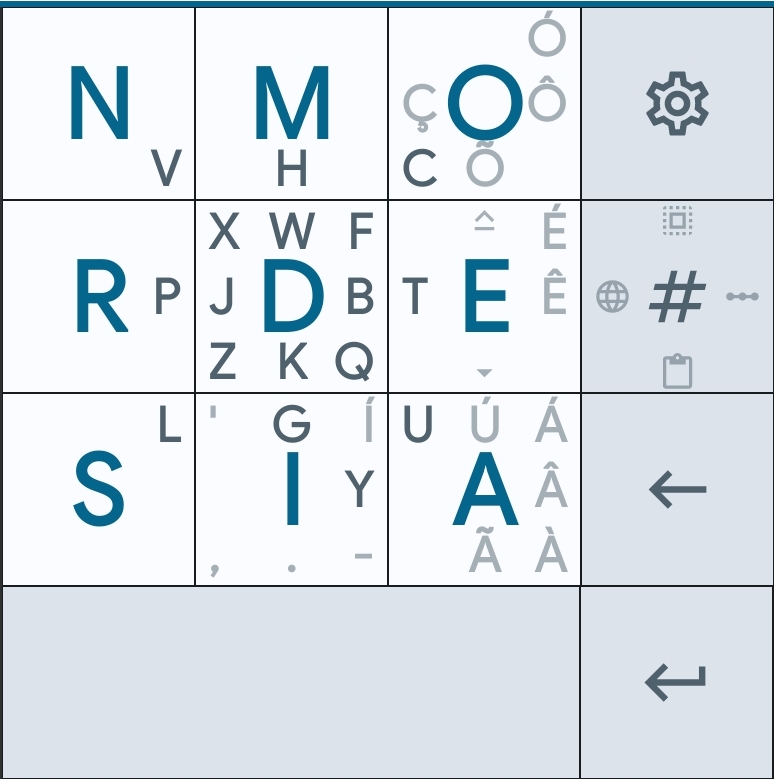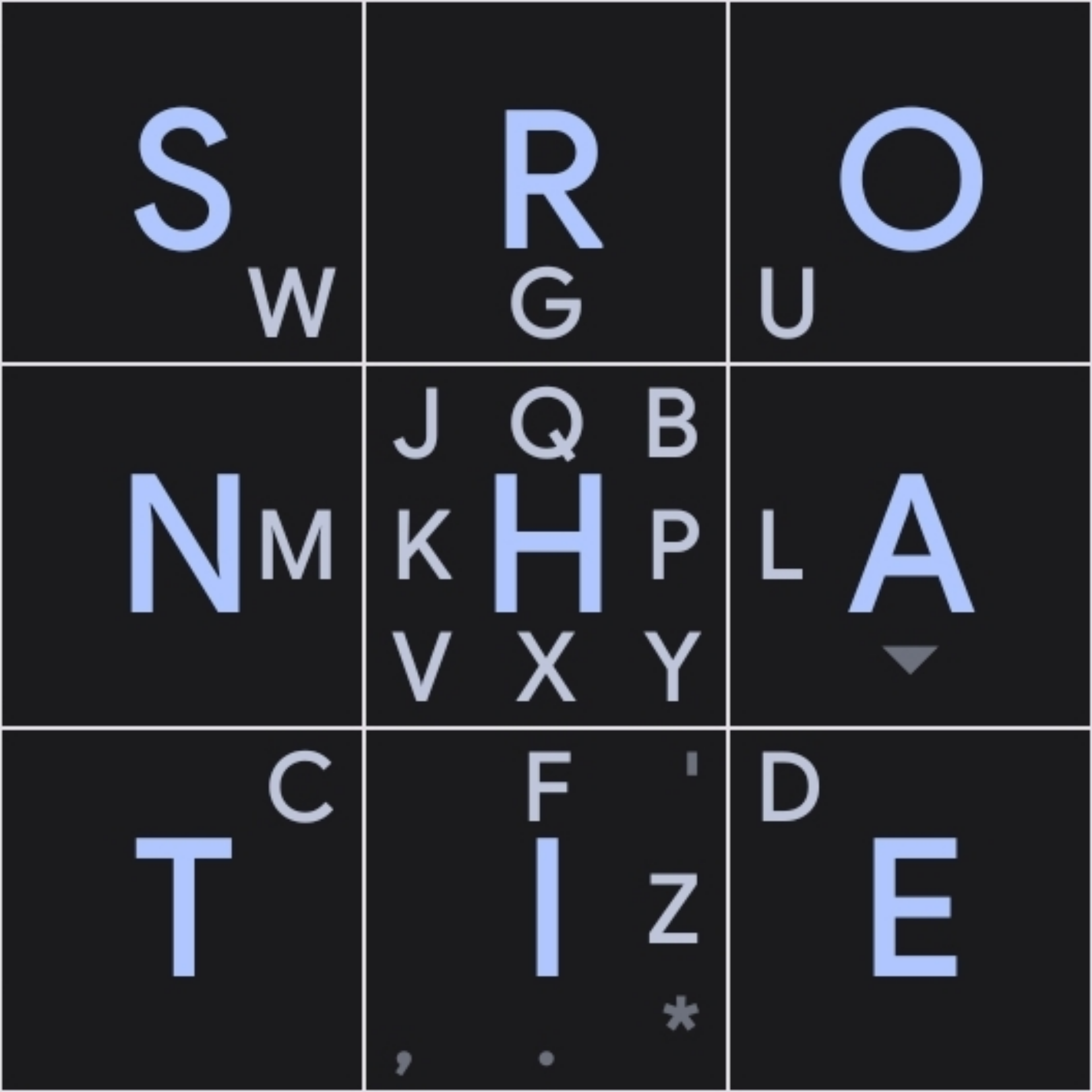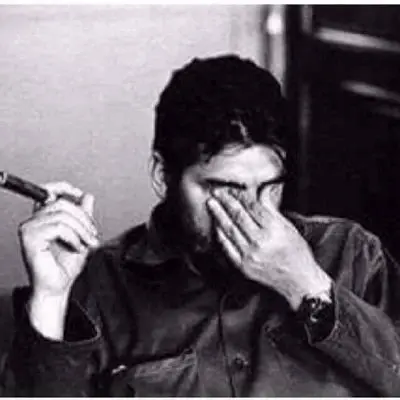I am a longtime MessagEase user and I am really happy to know that someone is trying to recreate it, as the original project was discontinued. Even though I am very excited with thumb key, for now it is not as usable and feature-rich as it could be, at least for my needs. I am aware that the app is very young and that some of these features might be just around the corner, but I think it might be useful to post them anyway.
- Floating accents
This is the most urgent one. I am a Portuguese speaker and I need to use a lot of diacritics (ã, à, á, â, é, ê, í, õ, ó, ô, ú, ç), so it’s not viable having a key for each of these “special characters” because it would clutter the keyboard like crazy, and take space from other useful symbols.
In MessagEase I could type, for example, “~” and then “a” and I’d get “ã” instead of “~a”. To get “~” I would type “~” and then “space”.
- Drag-and-return and circle-drag
This is a great thing to save space in the keyboard and time while typing, as many symbols can be accessed this way. All caps could be achieved with a drag-and-return on shift, all capitalized letters could be reached with a circle-drag on the letter… As well as many useful special symbols.
- Combine key
On the upper-left corner of the A key MessagEase had a combine key, that was really useful to get even more symbols. The combinations can be easily customizable, too.
Thank you very much for this project. And if you need someone to test experimental features, you can count on me.
The current portugues keyboard has the necessary diacritics afaik.

If any need to be added, let the maker of that keyboard know.
I’m not a fan of messageease and other keyboards hiding a ton of functionality behind slower long presses, or weird circle drags. These swipes for the common diacritics are much faster and clearer.
I’m not sure what the combine functionality is about.
Yes, this layout has all the characters needed. The problem is that these extra characters take space from other useful symbols, like punctuation, parentheses, hyphenation, etc. The idea of having floating diacritics is to save space and require less memorization, allowing the needed character to be “constructed” on the go. I think this is very useful for languages as Portuguese, while maybe not needed for languages with fewer accented/special characters.
Moreover, I don’t like the idea of having to use a keyboard optimized to a specific language. I often write in Portuguese as it is my native language. However, I also write in other languages quite often, and the symbols needed are different… And changing to a different layout for every language would obviously be a nightmare. In MessagEase, I use the standard “ANIHORTES + symbols” for everything.
I don’t like long presses as well, because they take time and require the eyes on the screen. However, drag-and-return and circle-drag are very handy because they are quick and avoid extra swipes (for example, drag-return on “f” returns “F”, avoiding a up swipe on “r” followed by a top-left swipe on “f”. For big letters on the button, circle-swipe solves the problem. Also, drag-return on shift turns autocaps), save space (I can have only “(”. To get “)”, I can drag-return on “(”), and open the possibility for extra symbols (I can drag-return on “?” to get “¿”, useful in Spanish).
The “combine” key is on the top left of the A button. Lots of symbols can be reached from there. For example, Greek letters. To get an α, you can type “al” + “combine”. This is true to all Greek letters (that I use a lot). Also, to get en em-dash (—), you can type “m”, “-” and “combine”. In MessagEase, all results from combinations are customizable, so you could only add the key and the users can create their combinations.


